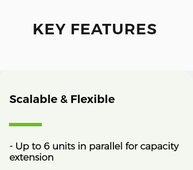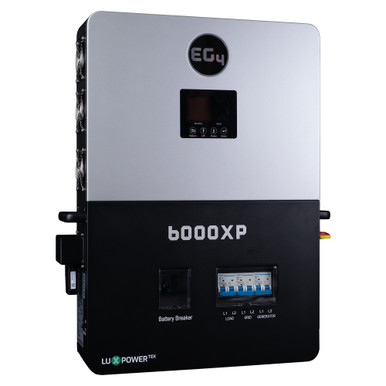MaikaiLifeDIY
Solar Enthusiast
I'm not familiar with the Growatt product line besides having seen and knowing of them.
I've seen Growatt inverters that are single-phased paralleled to get split phase, but what I'm wondering is if you can stack these larger inverters, similar to EG4 and Sol-Ark inverters. I looked in the manual "briefly" and the spec sheet, and saw no mention of this.
I appreciate anyone's help, just need someone who knows a bit more about these devices since they don't seem to have as detailed information available as some of the other manufacturers I've worked with.
Cheers!
I've seen Growatt inverters that are single-phased paralleled to get split phase, but what I'm wondering is if you can stack these larger inverters, similar to EG4 and Sol-Ark inverters. I looked in the manual "briefly" and the spec sheet, and saw no mention of this.
SPF 4000-12000T DVM-US/-US MPV | Off-Grid Storage Inverter | Growatt
SPF 4000-12000T DVM-US/-US MPV | Off-Grid Storage Inverter | Growatt
us.growatt.com
I appreciate anyone's help, just need someone who knows a bit more about these devices since they don't seem to have as detailed information available as some of the other manufacturers I've worked with.
Cheers!
Last edited:





